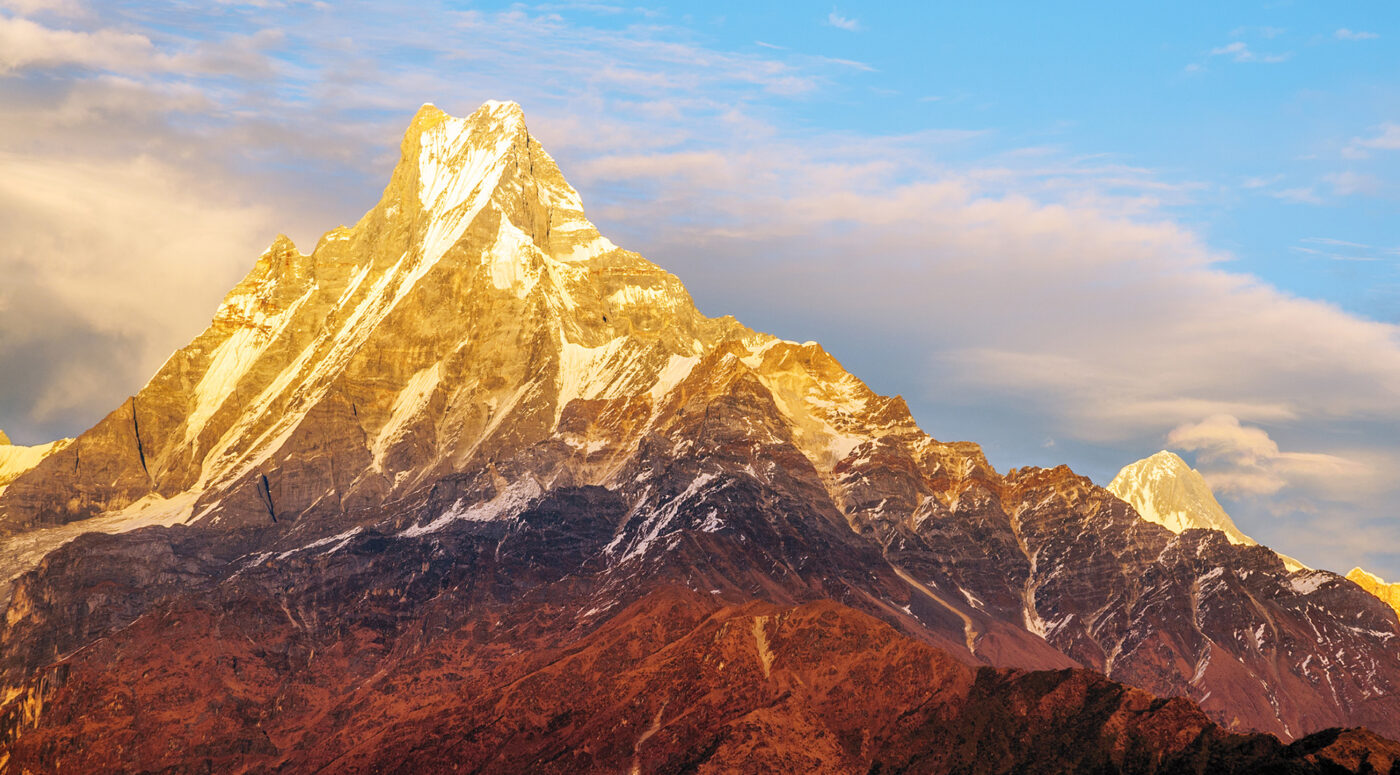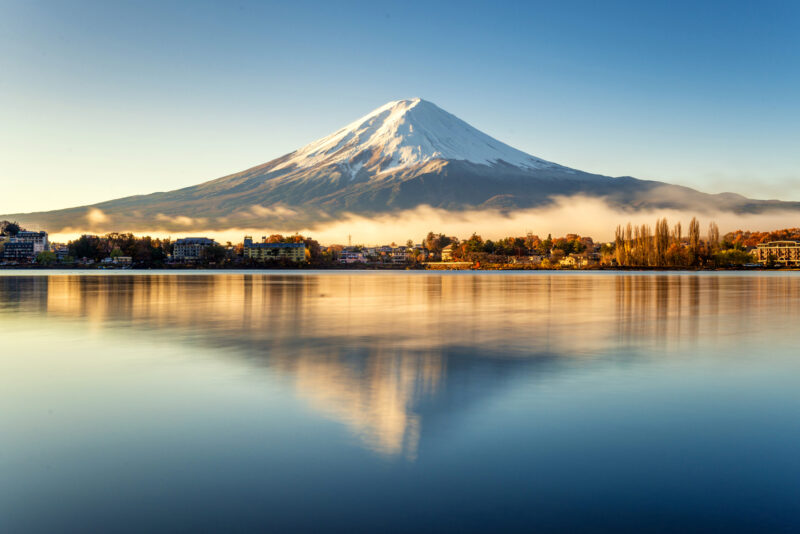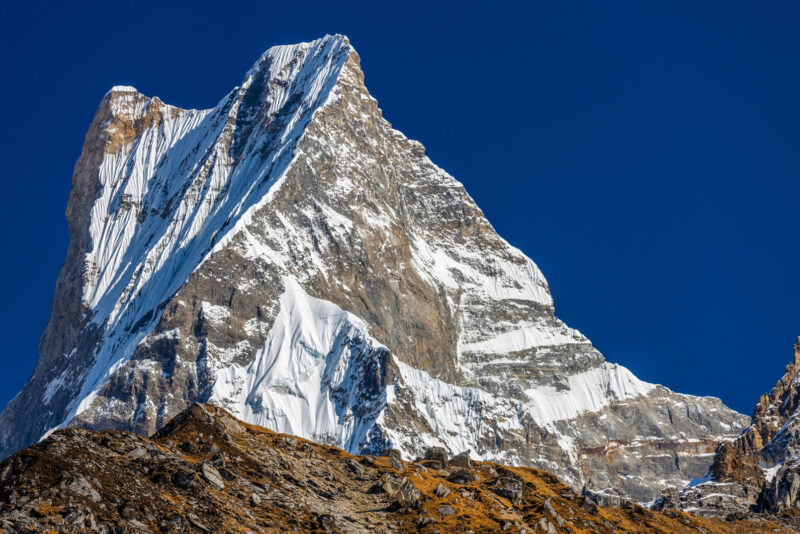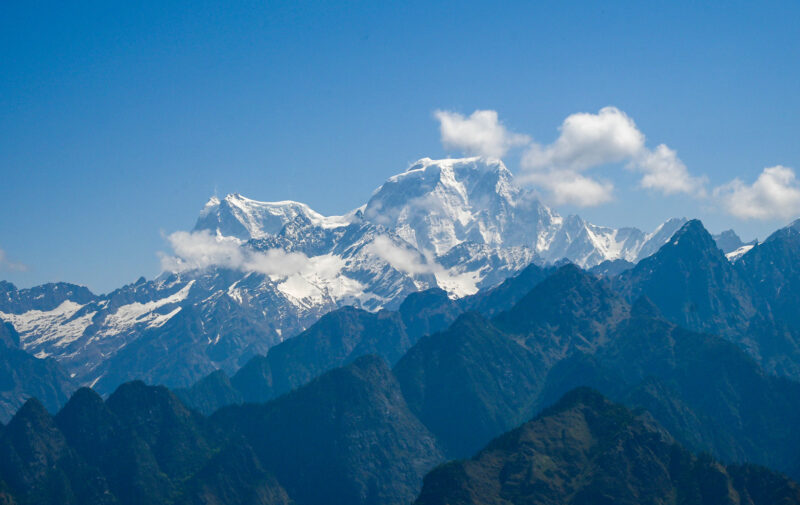In Asia, mountains rise not just as natural wonders but as spiritual anchors. From Japan’s symmetrical Mount Fuji to India’s goddess peaks and China’s ancient Taishan, these revered summits invite both pilgrims and travelers to seek stillness, humility, and a sense of communion with the divine.
Across the continent, sacred mountains shape the spiritual geography of Asia — each one blending nature, mythology, and faith into a single silhouette. Pilgrims and explorers alike find that these peaks demand not conquest, but contemplation.
To journey among Asia’s sacred peaks is to discover landscapes where human faith and natural majesty merge — where the climb itself becomes an act of prayer.
The Most Famous Volcanic Mountain in Japan
Mount Fuji (Fujisan) stands as a near-perfect volcanic cone and a national emblem. For centuries, ascetics from the Shugendo sect climbed its trails to reach spiritual enlightenment. Today, visitors can still join the summer pilgrimage, ascending through mist-shrouded stations and pausing at small shrines offering protection from the mountain spirits. Though the climb is popular, responsible travel and respect for its sacred status remain essential.












